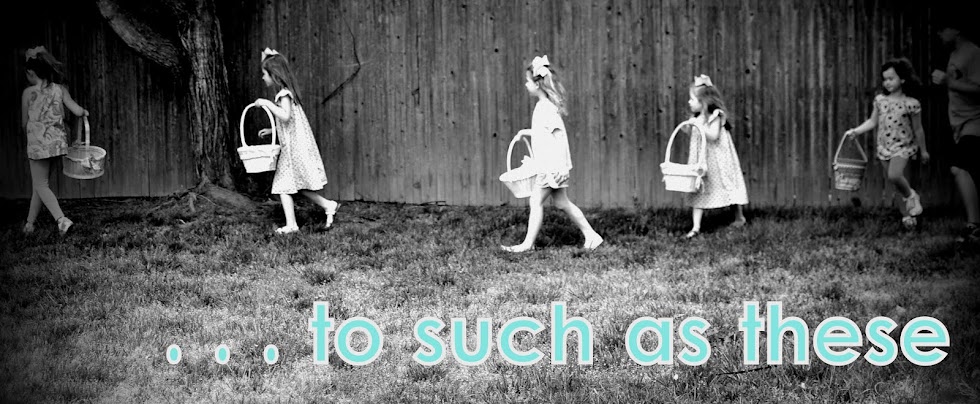When I was a child, the season of
Lent was one that was practiced in my parochial school setting as well as
within my family; however, it was a practice that I did not fully understand. Oh,
I understood the giving up of something (usually sweets) and the time spent in
prayer and alms giving, but the true meaning of it all was lost on me as a
young child. The timeline from Christmas to Easter seemed really weird and
unusually cruel. Why exactly did they nail the baby Jesus to the cross? How
were giving up candy and not eating meat on Friday going to help me get closer
to God? Such were the musings of a six-year old school girl. As I grew older,
the Christmas to Easter timeline became clearer as I learned that Jesus had
grown up and was a man who died on the cross for our sins, yet the general
practices of Lent were still a source of dread. As an adult, the initial
thought of the season of Lent can still produce the visceral sense of dread I
once experienced in childhood and my youth. It is now as a parent and a teacher
that the meaning and purpose behind the 40 days in which the church observes
Lent has become meaningful.
As a parent and as a teacher, Lent
can be a difficult subject to explain to children. It is no wonder I was
confused as a child as the subject matter does seem heavy and lends itself to more
of a “you-will-do-Lent-because-that’s-what-you-do-before-Easter” kind of of
topic. I have found that in talking about Lent with my own children as well as
in teaching children about Lent, my own approach to Lent has been transformed. Children
naturally draw near to God in all that they do through their own curiosity
about the world around them. The season of Lent, therefore, can actually come
easy for children. The tried and true practices of giving up something, prayer
and alms giving were intended to draw one’s attention away from the world and
to focus the individual on the presence of God; however, in many cases those
Lenten practices can become a reminder of the law which in turn does the
opposite of drawing us nearer to God. For
children and for we adults, the most important aspect of the season of Lent is
the turning towards God and being increasingly more aware of his presence.
Although we know that we are incapable of loving God perfectly, we draw hope in
knowing that Jesus did indeed die on the cross so that we may live. Children do
understand this amazing gift that we were all given. So how can the season of
Lent be a time that does foster a child’s natural curiosity about God and drawing
nearer to him through Jesus?
The life of a parent is busy and we may
find that doing Lent with our families is just one more thing to add to the list.
But, it really doesn’t have to be that way. My own Lenten practices have
changed over the years from the dreaded practice of giving up something to a
more natural practice of adding in something. For example, I have found that
during the season of Lent talking abut Jesus’ ministry with children is deeply
meaningful. As a family we may take time to read from the Bible at night around
the dinner table or before bed. Listening to your child read the words from the
Bible stories is a sweet way to hear the words of God and gain a different perspective
as you discuss the stories. I have also found that in asking children, “Where
did you see or hear God today?” that it draws them and me into being more fully
aware of the presence of God all around us. These types of conversations also
lead to discussing ways in which we have trusted God to help us to be kind, or
loving or helpful to others during the day. These are just a few examples that
I do during Lent; however, there are many things that you may find naturally
fit for you to do with your own children during the season of Lent. All in all,
a Lenten practice is not meant to be an added burden that causes dread, but
rather a natural breath of fresh air, a pause in your day, so to speak, that invites
and draws us near to Jesus as we approach Easter. May this season of Lent be a source of peace
and renewal for you and your children.



No comments:
Post a Comment